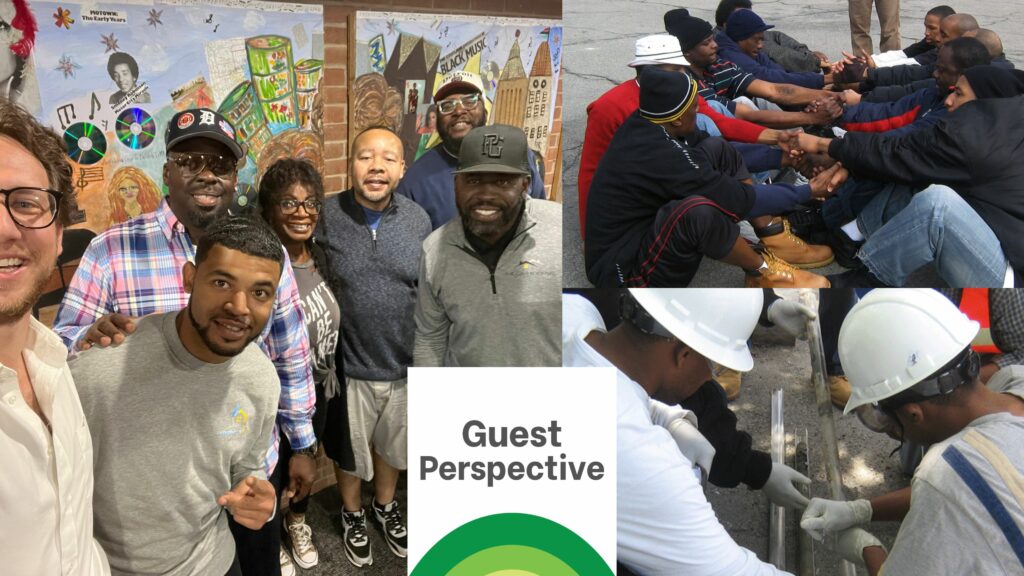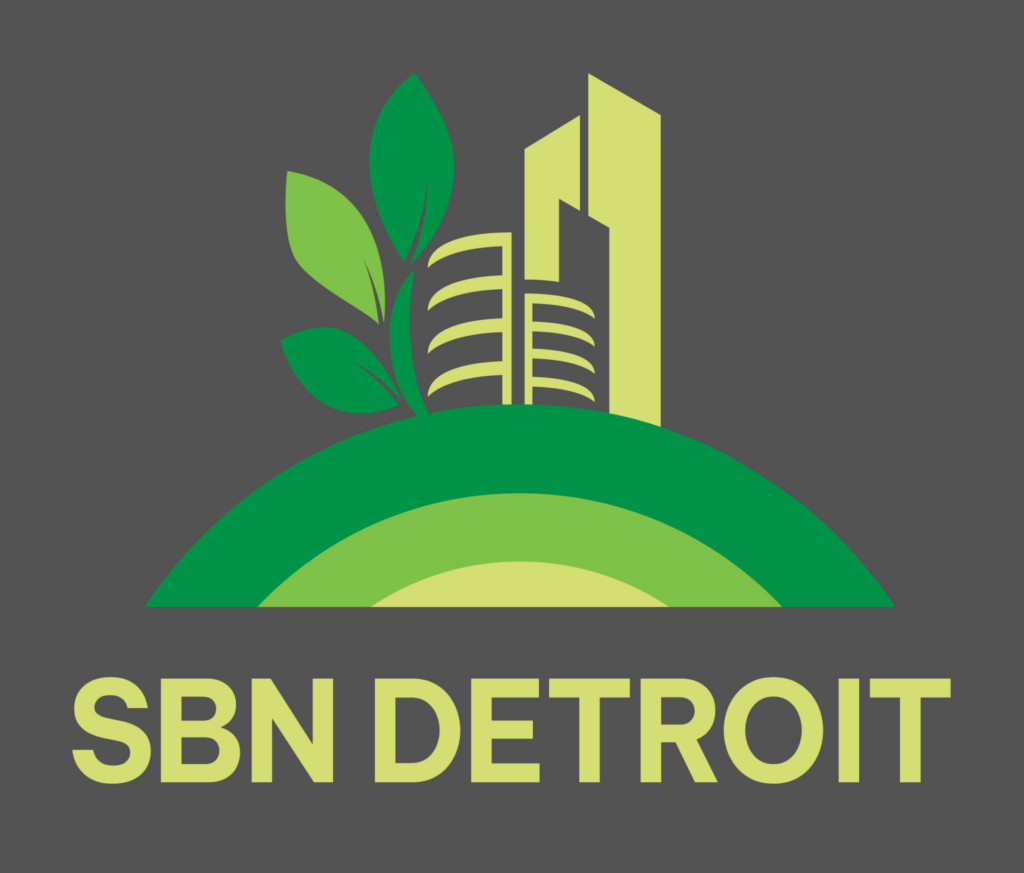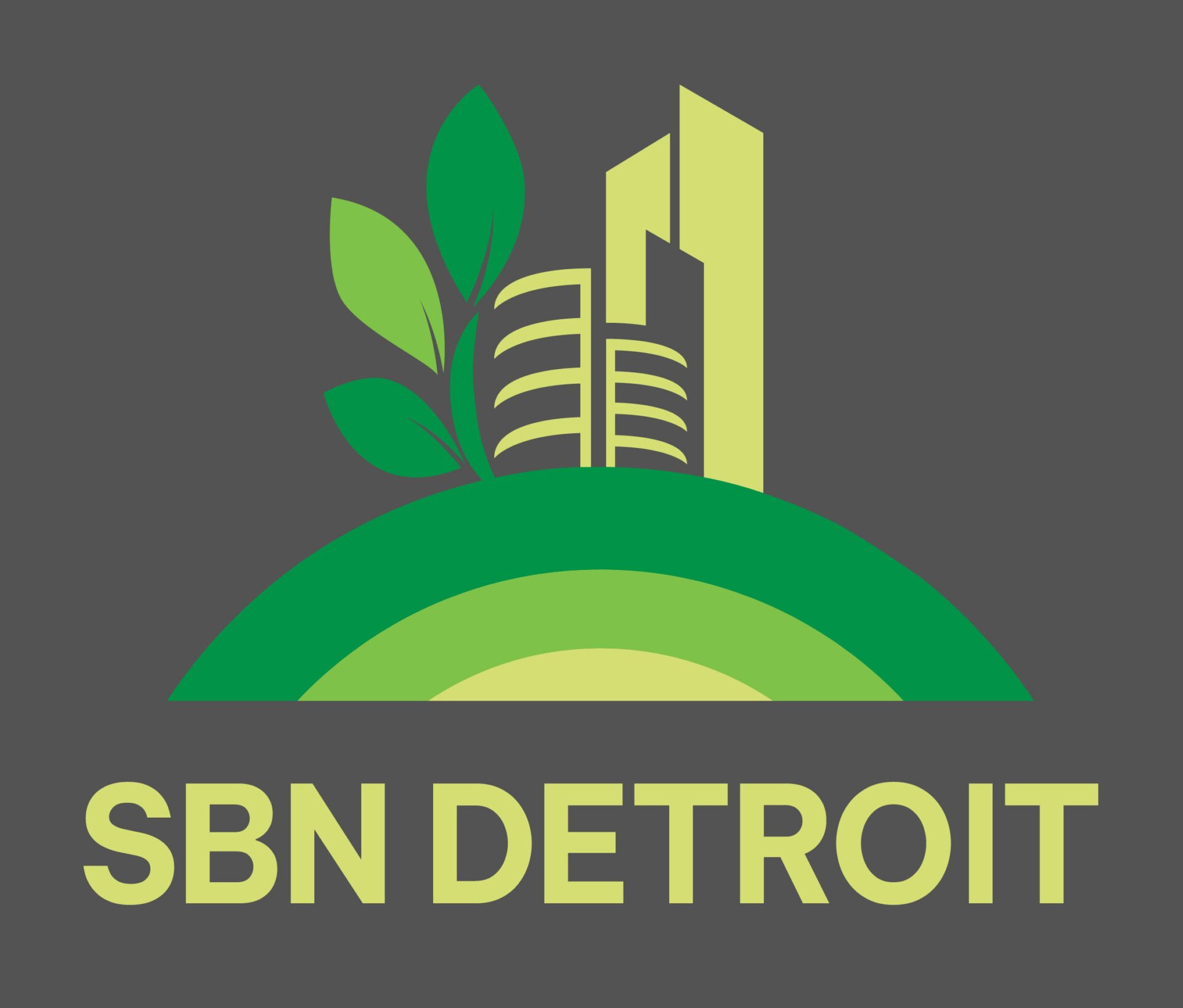Managing the Trade-Offs between Vapor Intrusion Risk and Energy Efficiency

Indoor air quality has become a significant concern for communities across the country, particularly in areas with older infrastructure and a long history of industrial activity. Protect Environmental, a Louisville, Ky.-based company with an office in Ann Arbor, specializes in radon and chemical vapor- intrusion management to help identify and reduce these risks. Its services include testing, system design, and long-term management, with the goal of creating safer and healthier buildings. SBN Detroit interviewed CEO Kyle Hoylman about the challenges facing Southeast Michigan, how construction trends and climate factors influence air quality risks, and what it will take to make the region a model for risk management. Q: How susceptible is Southeast Michigan to radon or vapor intrusion issues compared to other regions? A: Geologically, the state doesn’t have unusually high natural radon potential compared to some areas, but the issue is still significant. Roughly 27% of all buildings tested in Michigan show elevated levels of radon. The region’s soft sand and dunes can create preferential pathways for gas movement. Combine that with a long industrial history—many older manufacturing facilities were built before we knew what we know today—and you have conditions that increase both radon and vapor intrusion risks. Q: How have recent construction trends affected radon and indoor air quality risks in this region? A: Modern construction emphasizes energy efficiency. We’ve done a lot to tighten the building envelope—doors, windows, insulation—to reduce energy use. The unintended consequence is reduced air exchange. In the past, a building might have one to one-and-a-half air changes per hour. Now we see 0.1 or 0.15. That knocks down airflow, prevents outside ambient air from coming in, and increases reliance on mechanical systems. The thermal stack effect then plays a greater role, drawing soil gases into buildings and putting occupants at higher risk. Q: Southeast Michigan has a mix of historic housing, aging schools, and new commercial developments. How does this variety of building types shape the challenges and opportunities for mitigation? A: There’s a misconception that new buildings or buildings without basements can’t have radon problems. That’s not true. Three things are needed for radon intrusion: a source, a pathway, and an influence that draws gases in. Sources can be natural or industrial. Pathways can be cracks, utility lines, or porous soils. Influences might be mechanical ventilation or thermal effects. For example, in a school cafeteria, a large exhaust fan can create negative pressure and pull gases in. In homes, the stack effect in winter pulls more soil gas indoors. Commercial buildings add complexity because HVAC systems balance fresh air with energy costs. All of these factors shape risk, regardless of building type. Q: How do you see radon and vapor intrusion fitting into broader conversations about environmental justice in Southeast Michigan? A: This is a big concern. Many people are exposed to contaminants in buildings they don’t own or control. HUD requires radon testing and mitigation in some housing programs, but not all. Fannie Mae and Freddie Mac allow partial testing—sometimes just one unit per building—which can mischaracterize exposure and lead to inequities. In reality, 100% of units should be tested. Otherwise, you can have people in the same facility experiencing very different risks. Environmental justice means ensuring all residents—especially vulnerable populations in public or assisted housing—are equally protected. Q: What role can builders, architects, and developers play in designing for prevention rather than remediation? A: Prevention should be standard. The most cost-effective approach is to install passive soil gas control systems during construction, conveyance piping that allows for ventilation if needed. This adds very little cost upfront and can easily be converted to an active system later by adding a fan. Codes should require this in all new construction. Q: As climate change impacts weather patterns and soil conditions, what long-term effects could that have on radon or vapor intrusion risks? A: Soil moisture and composition will shift. As soil expands or contracts, new pathways for gas movement can be created. Climate also impacts building pressure. In Detroit winters, a 70-degree indoor space next to 5-degree outdoor temperatures significantly increases soil gas entry. We see different impacts between heating and cooling seasons, which is why building characterizations should account for both. Q: How do commercial and institutional facilities—like hospitals, universities, or municipal buildings—approach mitigation differently from residential projects? A: The characterization process is the same—you assess the building, identify sources, pathways, and influences. But mitigation can differ. In homes, we often use sub-slab depressurization. In commercial environments, many buildings already have mechanical ventilation systems with fresh air. Increasing that airflow can help control vapor intrusion. So while the tools are the same, the strategies differ. Q: What would it take to make Southeast Michigan a model for radon risk management, and who needs to be at the table? A: A strong regulatory framework is essential—one that protects occupants and requires qualified professionals to do the work. Schools and daycares should be required to test. Commercial buildings should test every five years, with results shared with occupants. Building codes must include soil gas control in all new construction, not just in high-risk zones. And stakeholders need to include indoor air advocates, health organizations, state officials, builders, and community groups. There’s also a financial argument: Michigan sees roughly 8,000 lung cancer cases annually, about 1,000 of which are linked to radon. That costs taxpayers around $400 million a year. Preventing exposure is far less costly than treating disease. Ultimately, proactive management saves lives and money. Be sure to subscribe to our newsletter for regular updates on sustainable business practices in and around Detroit.
Detroiters Working for Environmental Justice’s Vision for Sustainability

LAPRISHA BERRY DANIELS IS EXECUTIVE DIRECTOR OF DETROITERS WORKING FOR ENVIRONMENTAL JUSTICE AND A LEADERSHIP COMMITTEE MEMBER FOR SUSTAINABLE BUSINESS NETWORK DETROIT DWEJ’s vision for sustainability is rooted in the three pillars of sustainability: health and happiness of community members, a healthy local environment free from hazards and harm, and economic vitality. As an organization that focuses on environmental justice and strives to have the voice of the community-centered as decisions are being made that impact their health (physical, mental, spiritual, and economic), we assert that community members can envision and create healthy communities that meet their immediate and distal needs. A healthy community is one in which all systems work together to support the health and well-being of all its members. Local businesses are part of the community’s ecosystem and thus play a unique role in supporting the health and well-being of the community. Ideally, the relationship between community members and local business is mutually beneficial as they prioritize health and co-create a healthy community. Local businesses and community members can work together to identify threats to community well-being and create strategies to address challenges. In Detroit, and beyond, climate change threatens our ability to achieve and maintain physical, mental, spiritual, and economic health. As we experience more extreme weather locally, such as extreme heat and annual “100-year floods”, we recognize that our built environment may not be able to weather the storm (pun intended). Unfortunately, our existing residential housing stock and current construction practices are too often ill-suited for current and future climate conditions. The mismatch between what is available and what is needed creates threats to the health of people and planet. DWEJ developed a contractor accelerator program that focuses on contractors increasing their awareness about ways to improve the built environment to mitigate risks related to climate change while centering sustainability. DWEJ’s contractor accelerator program, Building Health, serves as an incubator to support peer-to-peer learning among Detroit-based, Detroit-serving contractors of color. Building Health increases contractors’ awareness and implementation of “environmentally responsible and resource-efficient” practices that have: Bottom-line business benefits Individual and community health benefits Decrease environmental degradation. Building Health increases contractors’ understanding of the impact they can have on health. For example, participating contractors are presented with strategies for upgrading and greening residential housing in ways that include the use of various building methods and materials that can make homes more energy efficient. These improvements decrease greenhouse gas emissions, improve the health and comfort of the home, and improve the economic health of the occupants by reducing the cost of utility use. Participants receive financial and technical assistance to implement practices as part of the program as well. Additionally, contractors learn how to best communicate the benefits of sustainable repair and rehab practices to clients. The role of local contractors is just one example of the opportunity our community has to transform our ecosystem and economy for the better. There is a unique and distinct role that local business plays in supporting people and planet. Sustainability is an iterative process where we must work collectively toward the goal of having healthy and vibrant places in which to live, learn, work, play, and pray. — Check out Laprisha Berry Daniels’s recent #TEDTalks: Lessons from the Past on Adapting to Climate Change Be sure to subscribe to our newsletter for regular updates on sustainable business practices in and around Detroit.


